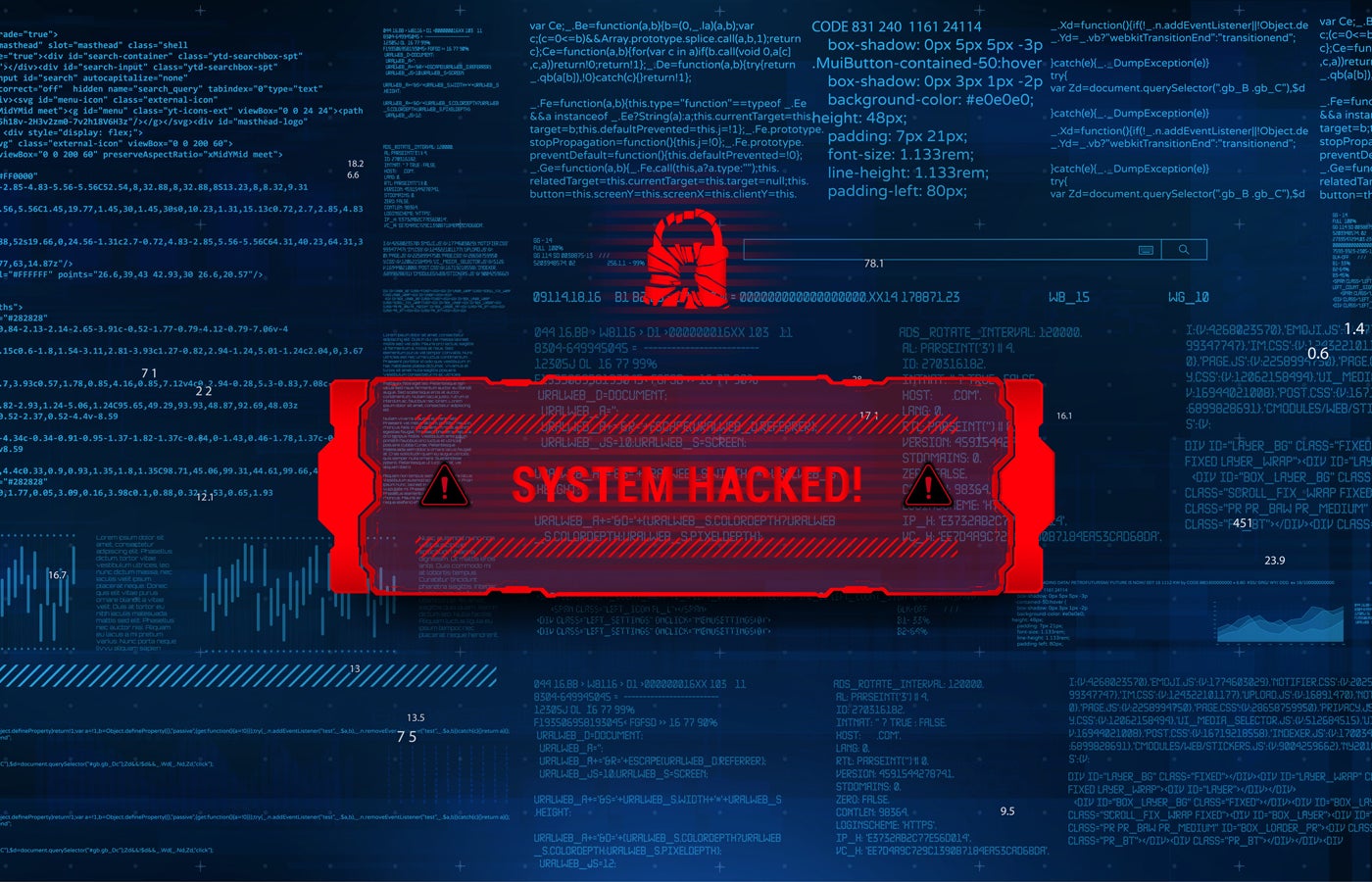It's frustrating when a fax doesn't send; The good news is that there are many simple troubleshooting steps you can follow to get things working.
These tips can help you resolve some of the most common transmission problems with fax machines, online fax services, or when trying to send a fax from your computer.
Why won't my fax go through?
It could be many things; That's what someone who knows these things will tell you.
There will be one set of problems if you use a traditional fax machine that transmits documents over the public switched telephone network, and a completely different set of potential problems if you try to send a fax over the Internet using an online fax. commercial telephone service or system.
The good news is that some of the most common reasons why a fax won't send are easy to solve. These fixes require almost zero technical ability, and if you end up asking someone for help, they'll be proud that you tried all of these steps first.
7 simple tricks to get a fax to send
Tip 1: check the number
Before you start trying to clean the machine or diagnose a network problem, take one last look at your fax recipient's number. There is a possibility that you have misheard or copied the wrong number.
There is a chance that the organization you are testing has a new fax number and has not yet updated the information on their website. That happens.
And if this turns out to be the reason why your fax is not sending, consider yourself lucky. Typically, when you enter a wrong number, the fax will simply go to that number. Any information you tried to fax would be in the hands of a complete stranger.
A fax will not be sent if a number is not in service, so please verify that the number is correct and contact the organization for clarification if it is still not working.
Tip 2: Check the settings
This applies to both online fax services and analog fax machines, as configuration issues are very common reasons for not sending faxes of all types. If you don't receive a confirmation page after a fax appears to have been sent, or if the machine or fax service doesn't start sending first, this is likely the problem.
If you are using an online fax service, make sure you have set up the service correctly. Most services guide you through the setup process, but you can always go back and restart.
With an analog fax machine, make sure it is set up according to the manual for your particular model. If you don't have the manual, look for one online, as most manufacturers publish PDF files for easy reference.
Tip 3: Clean the fax machine
If you are working with an analog fax machine, this is by far the most common reason why faxes are not sending correctly. Fax machines are complex pieces of equipment with dozens of moving parts. If something goes wrong with any of them, it could cause a problem.
Using a fax machine that has accumulated dust and dirt can interfere with its operation, so if you hear clicks or squeaks, or experience frequent paper jams, you probably have a cleaning problem.
Start by checking the automatic document feeder (ADF), which is the roller that feeds paper through the machine. Also inspect the corona wire, which draws ink toner from the drum and deposits it on the paper. Both parts require routine cleaning and maintenance to keep your fax machine working properly.
If the ADF, corona wire, or other mechanical parts appear dirty or broken upon inspection, turn off the fax machine and disconnect the power cord from the power source before cleaning or repairing it, if possible. You may need to replace these parts or hire a specialist to maintain the machine.
Tip 4: Check your Internet connection
A fax won't send if the connection is unstable or unusable, so if everything seems to be working fine, but the fax just won't send, check your phone or internet connection.
If you are using an analog fax machine, check all cables and make sure they are connected correctly. If you do not hear a dial tone when you pick up the phone at the fax machine, there is likely a problem with the telephone cord or your telephone service.
If you are using an online fax service or an analog fax machine with ATA, check your network. If you have problems with the Internet, the fax will not be able to be sent, so make sure your router is configured and the Internet is working properly. You don't have to be very fast to send a fax; It just has to show up with a reliable signal.
Tip 5: Make sure the other party does not have voicemail on
If the person you are trying to send a fax to has their voicemail turned on, your fax may not be sent.
This is especially common if you are trying to send a fax machine to a person or company that uses the same phone line for phone calls and faxes, so if the fax doesn't appear even though it appears to be working fine on your end, have this checked. .
The most common culprits are voicemail settings, answering machines, and sometimes modems. Basically, if something can get to the phone before the fax machine, the fax won't be able to send it, and this includes the humans answering the phone, so make sure the other party knows you're sending a fax and knows not to. You must answer the phone. phone.
If you are using an analog fax machine, make sure the person on the other end of the line does not have call waiting or anonymous call screening set up. Additional services like this can cause the fax to be rejected on your end, mainly in cases where your fax will be considered to be coming from an anonymous or automatically blocked number.
Similarly, if the person you are faxing to has a calling menu that requires additional navigation, a fax machine won't be able to work with that. That's why it's also important to make sure you've added any applicable country codes or extensions to your fax number. The fax should be sent from one number to another without the need for additional clicks or beeps.
Tip 6: Check privacy settings
This applies to analog and online fax services.
For an online service, review your settings and make sure you haven't accidentally changed a privacy setting that could prevent a fax from being sent. You may also want to double check if there are any additional steps you need to take before sending your fax.
For example, some services may require you to check a box or add an acknowledgment that the information you submit is HIPAA protected, confidential, etc.
Tip 7: Check your ATA
If you're using an analog telephone adapter (ATA) to send faxes over the Internet, it's worth checking all your connections and device settings to make sure everything is working as it should.
Is it plugged in? If you don't see lights or hear a dial tone, this is likely the problem, which has an easy fix.
If the ATA has power, check the other cables for damage or wear and then make sure everything is plugged in securely and in the right place:
- The Ethernet cable connects the WAN or LAN connector of the ATA to your router.
- Telephone cable (RJ11) connects the ATA fax jack to your fax machine
This is about the limit of what a visual inspection of an ATA can tell you about not being able to send a fax.
What else can you do when a fax won't send?
I would ask for help, unless you understand computer networks and telecommunications technology.
If this fax is urgent, try using an online fax service. Sign up for an online service or download an app and you can start sending faxes from any device with an Internet connection. Here we explain how to send a fax from your iPhone. It also works for Android. Or your computer. Or tablet. It's easy.
That's what I would do if I really had to send a fax. In the event that you needed to fax an original document with a physical signature, you would look for the nearest printing and shipping service with a fax machine.
For less urgent matters, you can order a fax modem, which connects to a computer and allows you to send faxes. Fax modems used to be integrated, but it is rare in devices manufactured today.
If you have IT support, great, indulge them with a fax question. Otherwise, contact the carrier, your Internet or phone provider, your fax service, or your computer-savvy friend.
At this point, you have ruled out all easy solutions. From here, it could be the type of firewall you are using, a misconfigured fax server, a random SD-WAN or V-LAN issue, or a broken machine. It couldn't be any of those things. If you know how to troubleshoot these areas, good luck. If not, find someone who does.












